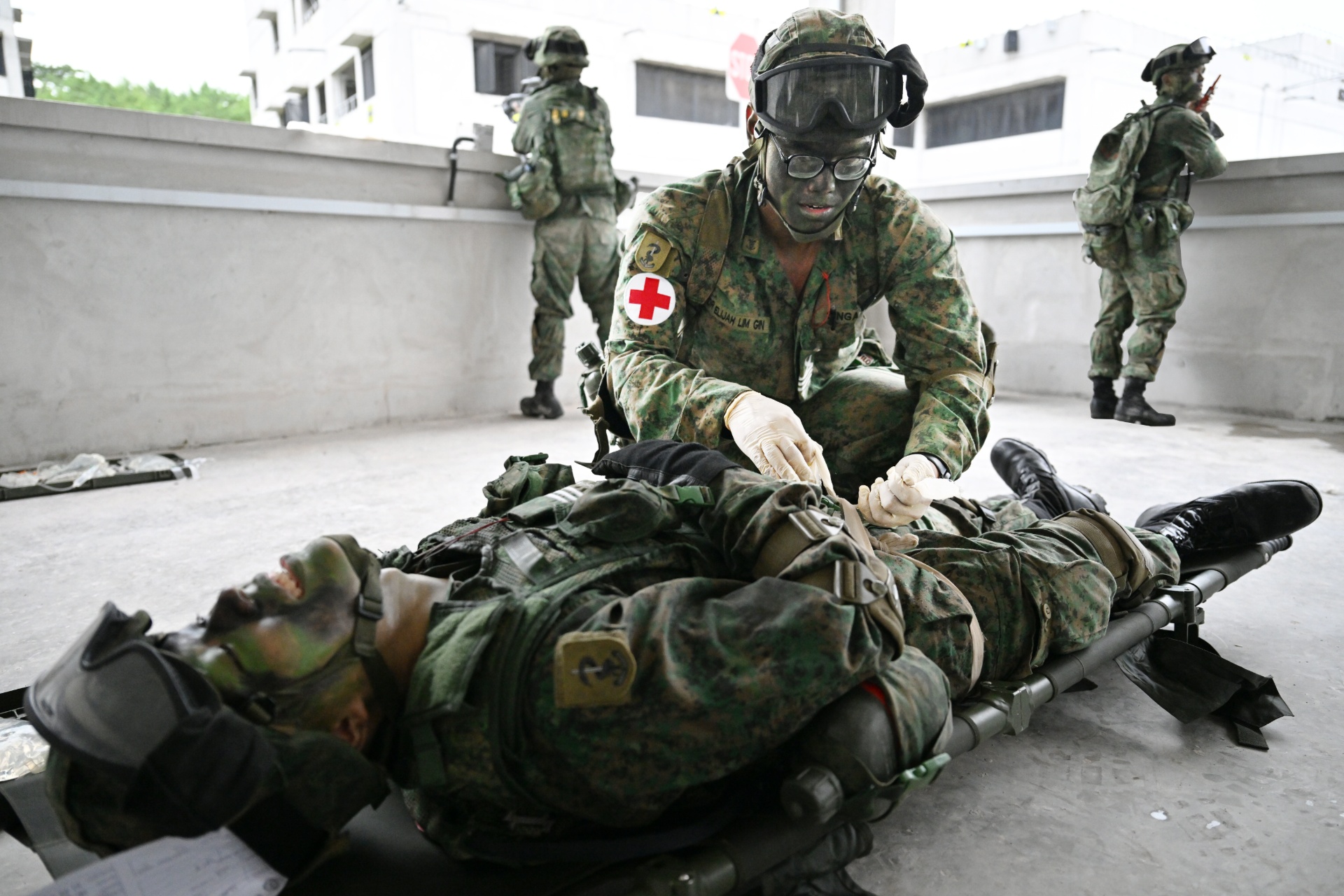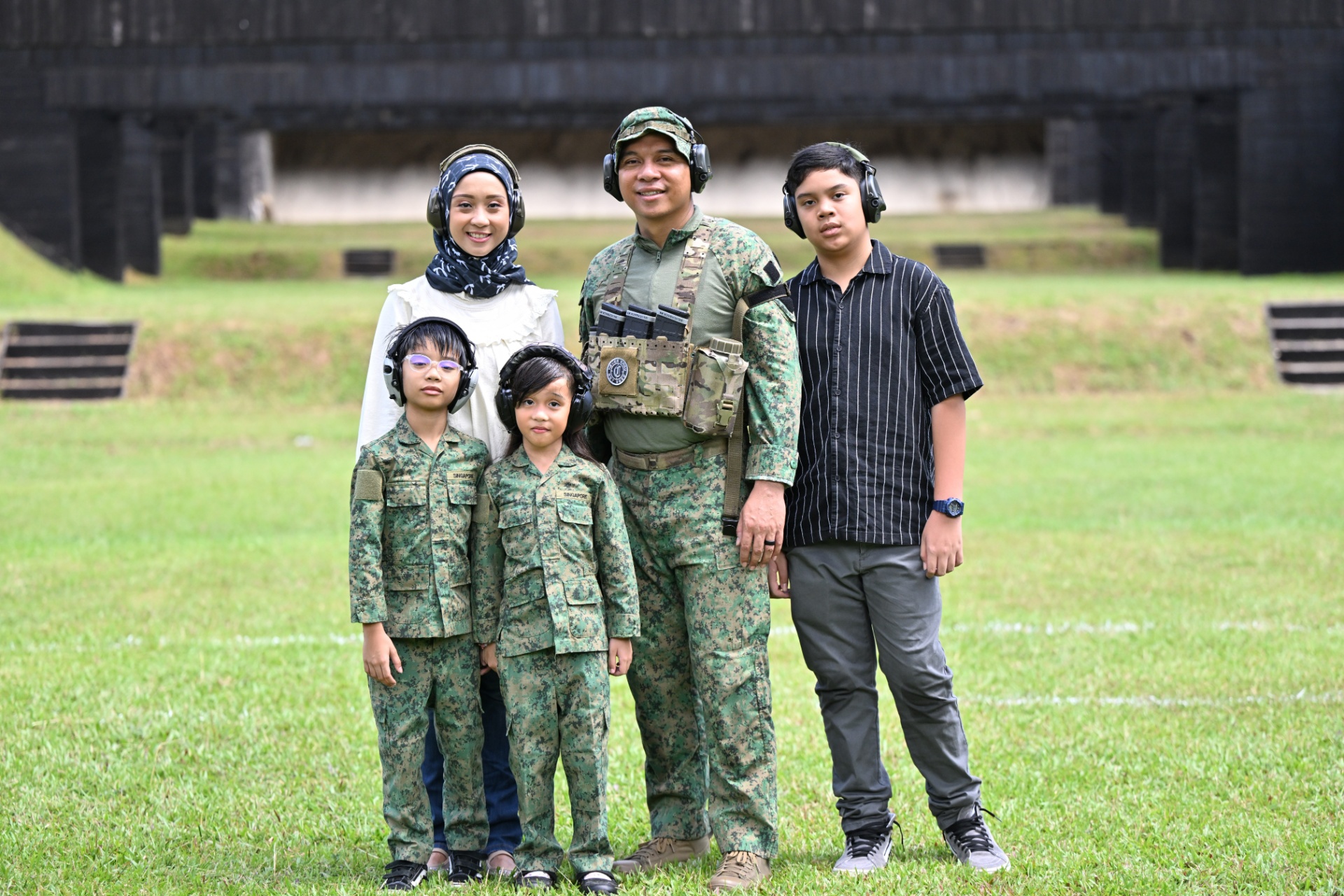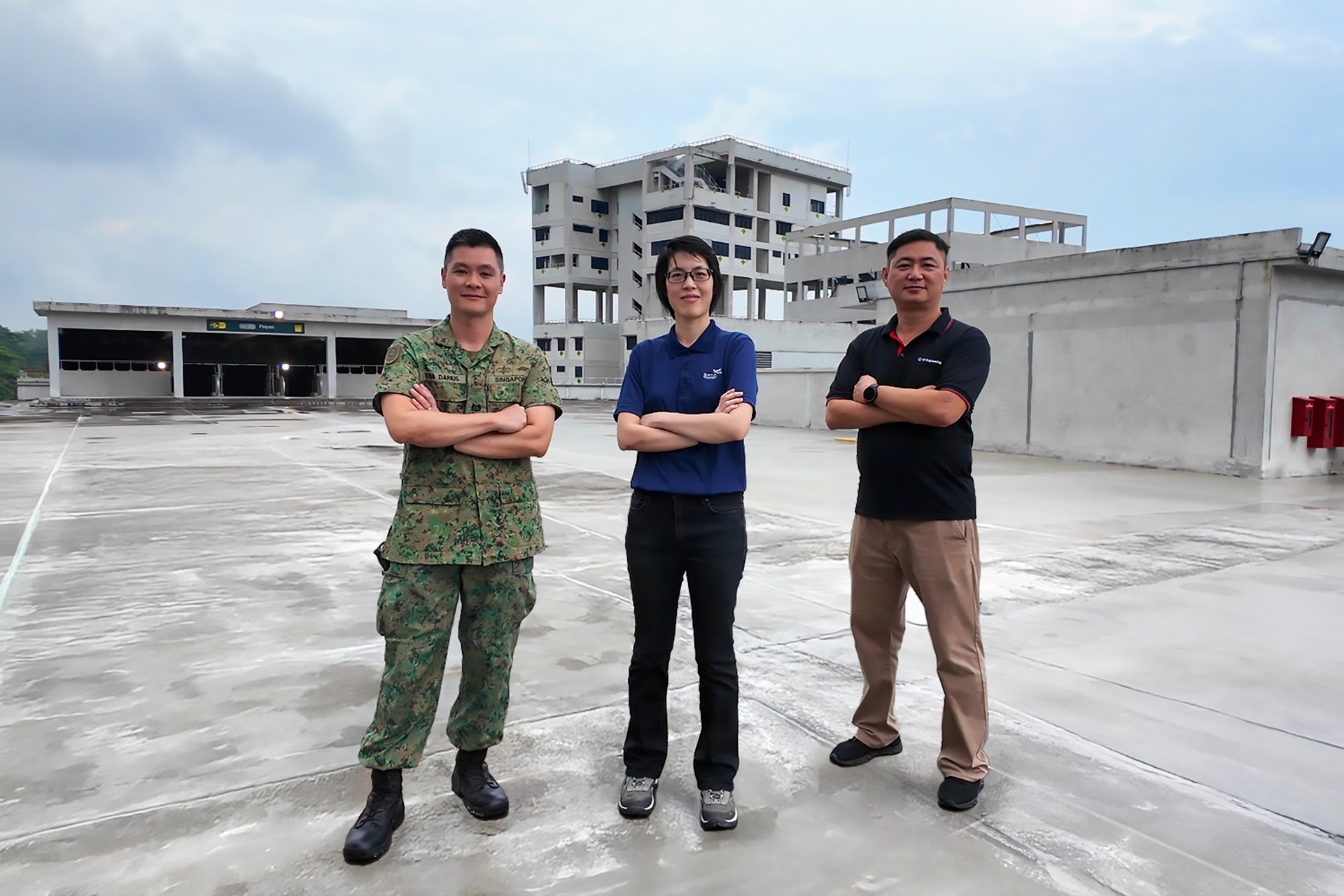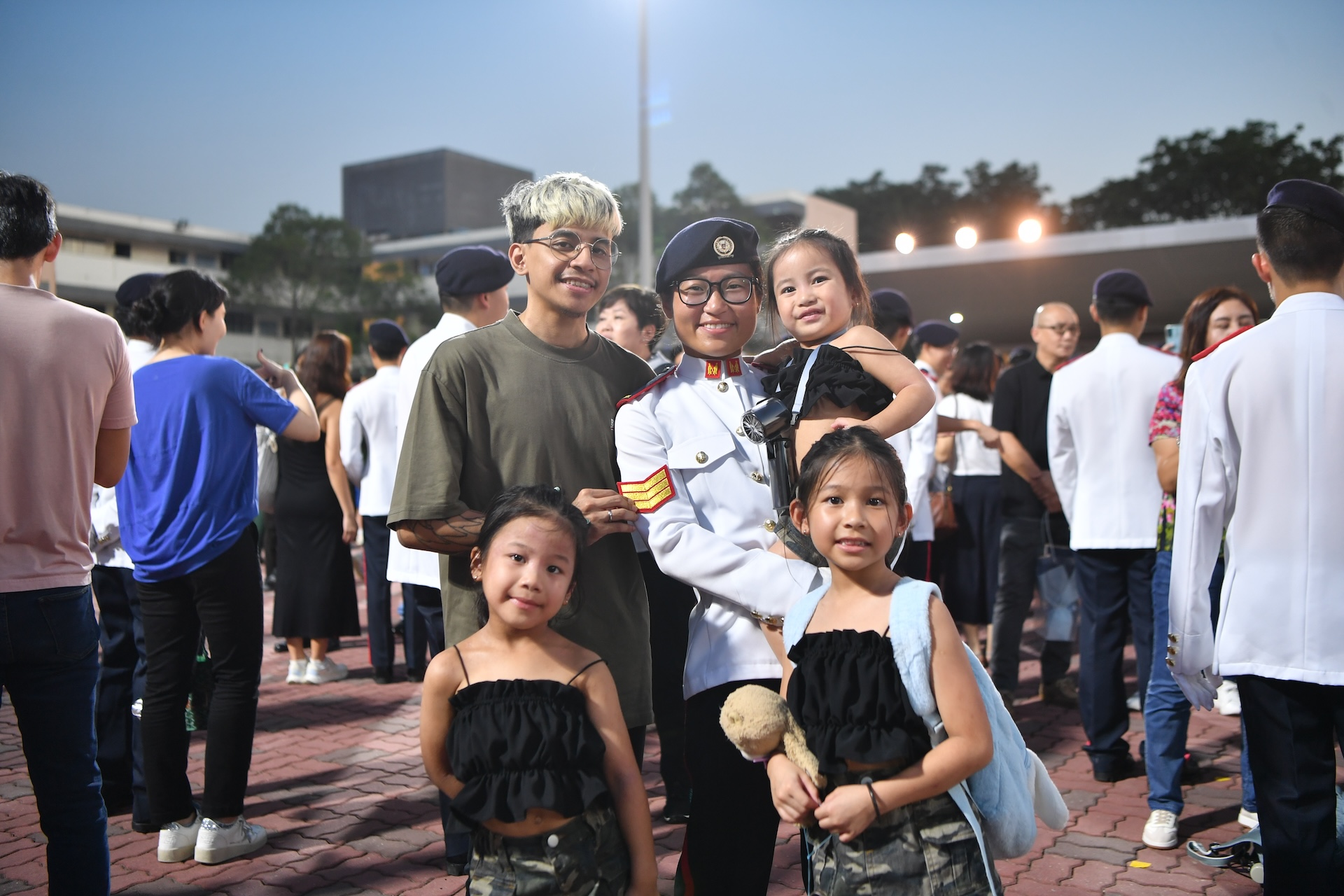BEATING THE HEAT FOR SOLDIERS IN TRAINING
//Story by BENITA TEO //Photos by LCP AMOS CHEW
Soldiers in the Singapore Armed Forces (SAF) face the unique challenge of training and operating in Singapore's sweltering heat.
To help the SAF in studying and mitigating the long-term challenges associated with operating amid rising environmental temperatures, a tripartite partnership comprising the SAF, National University of Singapore (NUS) and DSO National Laboratories have set up the Heat Resilience and Performance Centre (HRPC).
Located at the Yong Loo Lin School of Medicine in NUS, the HRPC will have a 1,000-square-foot research facility housing top-of-the-line climate simulation, performance evaluation and recovery science technologies.
The HRPC will serve as a node, bringing together experts from Singapore and around the world in developing and boosting heat resilience. It will focus on long-term projects to mitigate the challenges of training amid rising temperatures in Singapore, with solutions that will benefit the SAF and eventually beyond.
Bringing together experts in the field
The centre will undertake a three-prong research approach. The first is to build a robust database using information from past and prospective projects, and analysing the data to build predictive models to test research hypotheses.
The second is to develop the capability to visualise and interpret an individual's heat health in real time. The centre will explore new approaches in collecting accurate data, and develop personalised training models.
The third is to strengthen and boost heat resilience through state-of-the-art tools and technology-enabled approaches.
The HRPC was launched on 11 Jan by Defence Minister Dr Ng Eng Hen. Noting the rising ambient temperature resulting from climate change, and Singapore's geographical location on the equator, Dr Ng highlighted the importance of the centre's establishment.
"According to experts, it will get hotter if climate change is not abated. We can all imagine the impact of that rising ambient temperature not only on SAF training, but on work and life in Singapore in general… The SAF cannot train in air-con comfort. We have to train realistically – it's hot, you sweat, and you are at risk (of heat injuries). We have to adapt and adjust to find new and better ways to deal with this increasing challenge," Dr Ng said.
"The SAF needs this facility to make it safer for our soldiers to train and operate in the hot and humid climate of Singapore and elsewhere."
Fostering a close partnership
The establishment of the HRPC was announced during the 2022 Committee of Supply Debate. It is a dedicated one-stop research facility that brings together local and international experts to study and mitigate the challenges posed by global warming on the SAF's training and operations.
This partnership with the SAF will facilitate the conceptualisation of ideas suited to the SAF's needs and ensure the swift implementation of effective ideas, noted HRPC Director Associate Professor Jason Lee.
"We need to look at the context and demands (of the SAF's operations) so that the subsequent solutioning can be more targeted. This tripartite is critical for us to have a clear understanding of the challenges and co-develop those solutions," said the 44-year-old.
Head of the SAF's Centre of Excellence for Soldier Performance (CESP) Senior Lieutenant Colonel (SLTC) Ho Chee Leong, 46, also welcomed the close partnership with local and international experts.
"With rising local temperature, training and operating in the heat will be a challenge that will impact the SAF's operational readiness. MINDEF (Ministry of Defence) and SAF are committed in partnering NUS and DSO to establish the HRPC and leverage best-in-class researchers to develop forward-looking solutions and beat the heat curve."
Welcoming new ideas in heat resilience
During the launch, Dr Ng toured an exhibition of some of the research ideas that the HRPC would be working on. Among these projects is the Wireless Body Sensor Networks, which is part of the centre's thrust in detecting heat injuries and monitoring heat health.
Using wireless motion and temperature sensors that are embedded or weaved into a soldier's uniform, trainers can monitor the soldier's heat health to determine if he has reached his threshold for heat endurance.
The temperature sensors track changes in the soldier's body temperature, while motion sensors detect changes in the soldier's gait or movement which can also be an indicator of heat injury.
Another project is the Personalised Cooling Wearables and Next Generation Thermal Management, featuring a thermal electric device. When attached to clothing, the device can cool down the area of skin it is in contact with – wires attached to the device send currents to lower the wearer's temperature.
"This is not just about training safety; we also want to make sure the soldiers can fight during operations too. That's why we want to boost their heat resilience.
"If a person can endure a higher degree of heat strain with a rise in temperature, we are more confident that he can accomplish the task safely and more effectively," said Assoc Prof Lee.
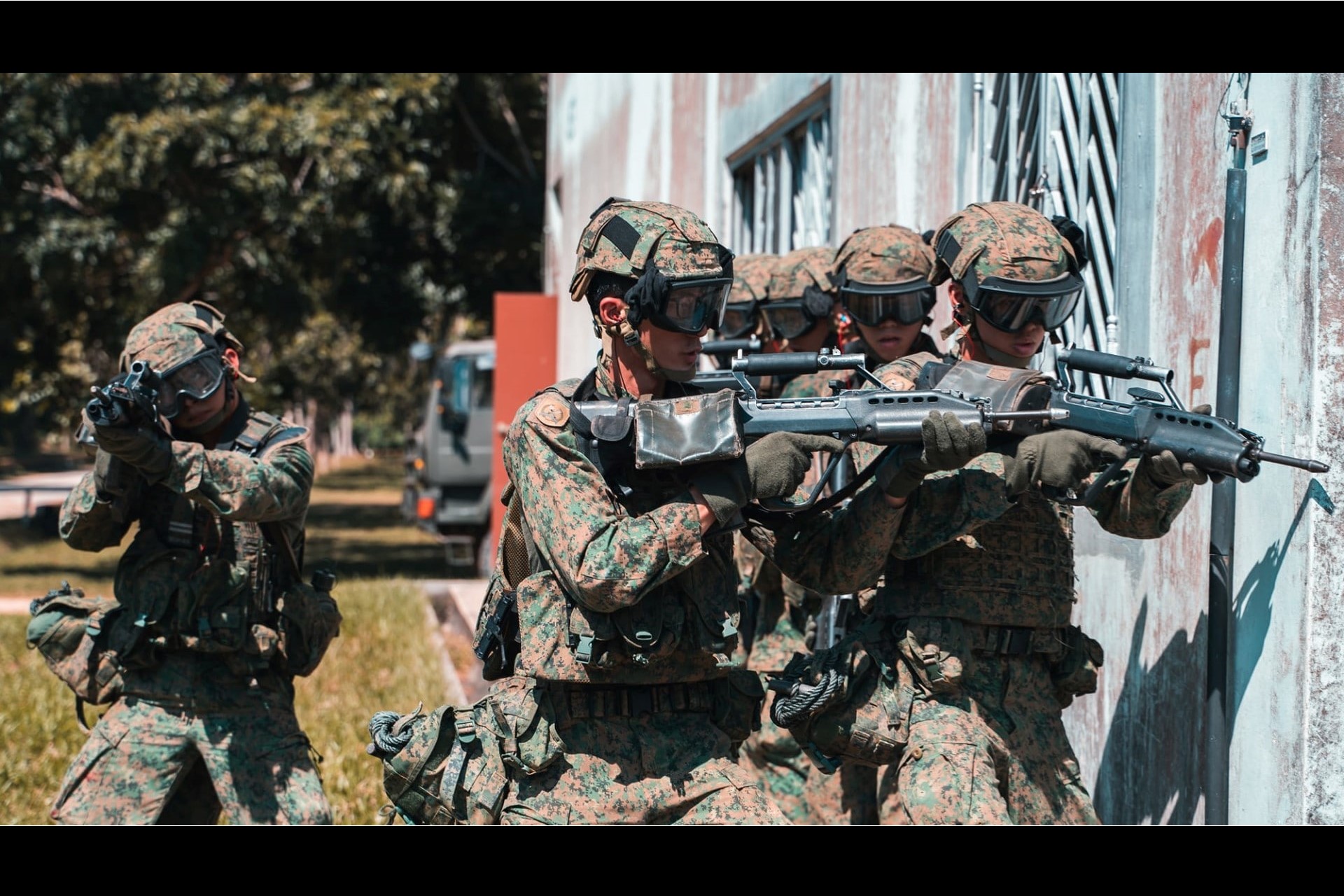
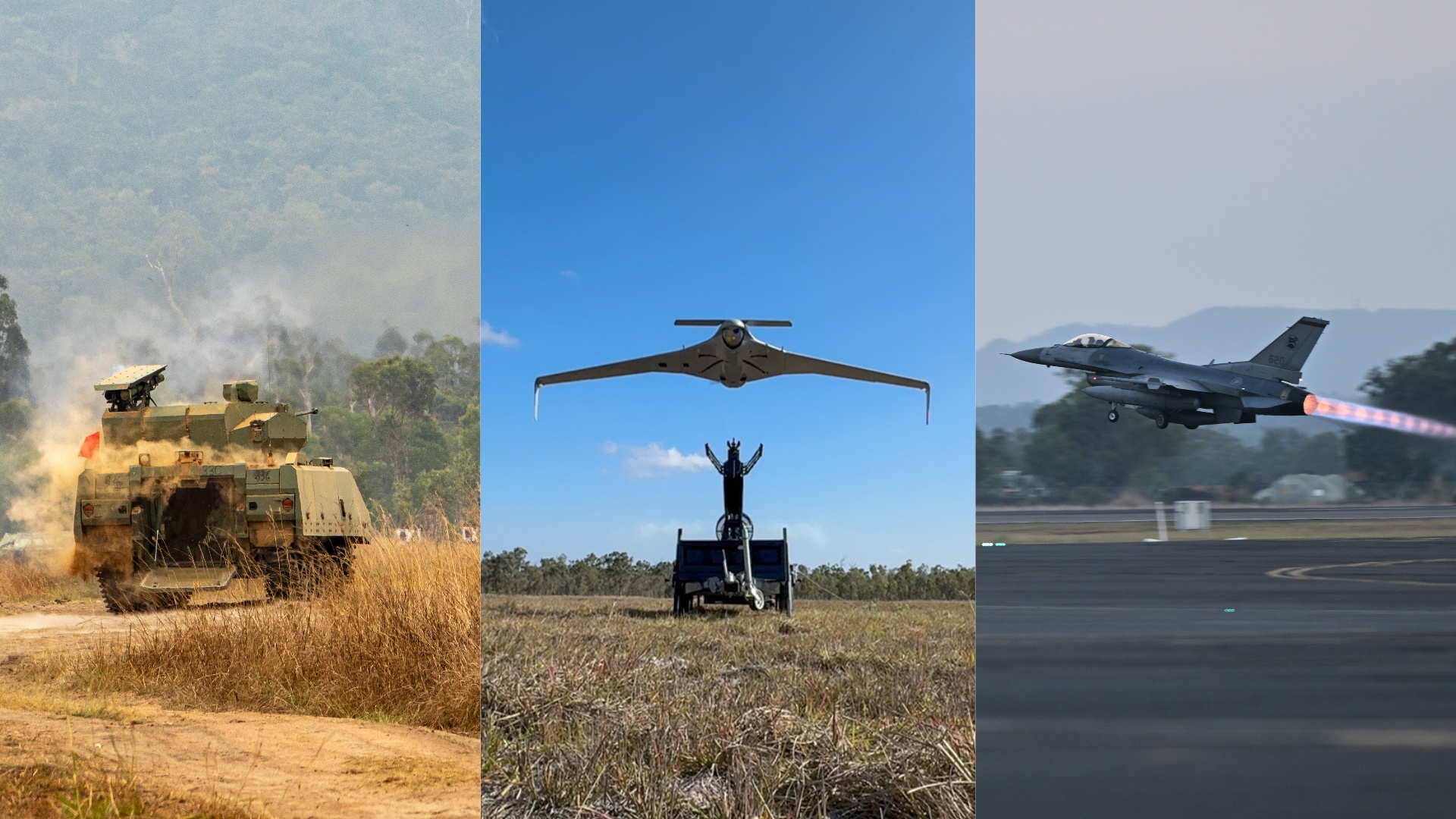
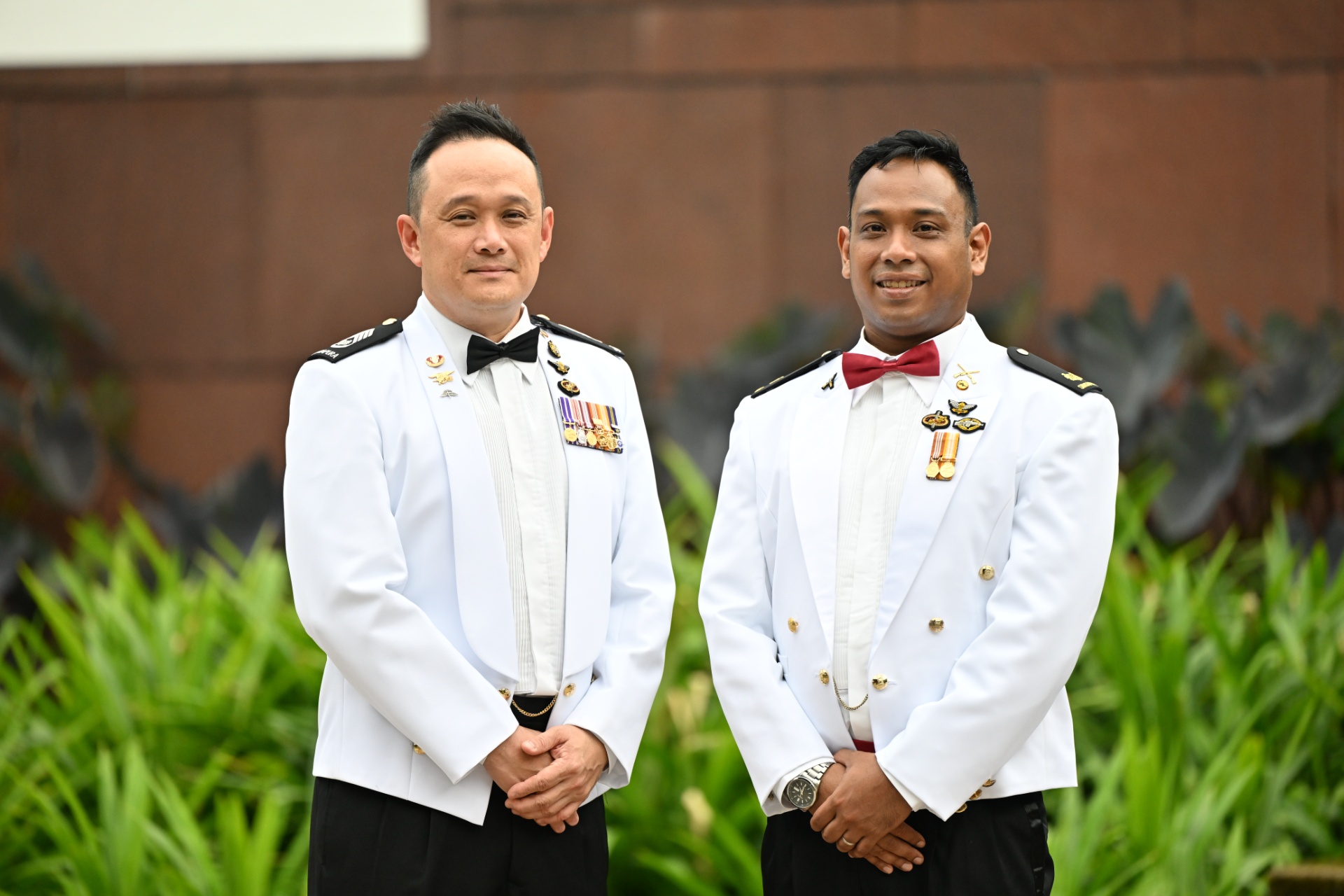
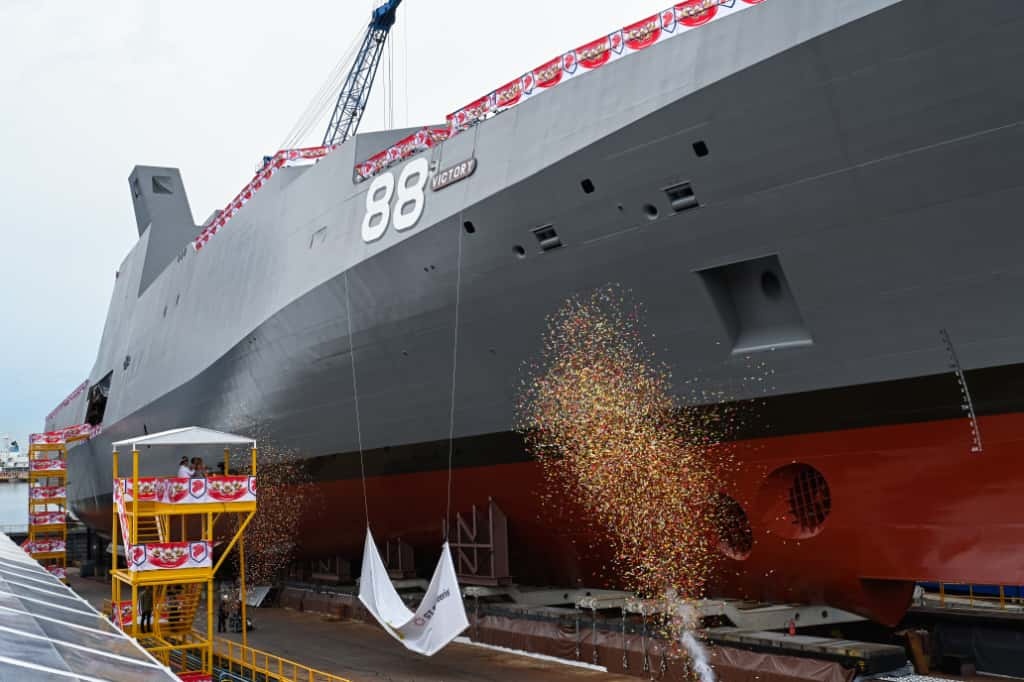
-dsc_2181.jpg?sfvrsn=cf8a503f_1)

